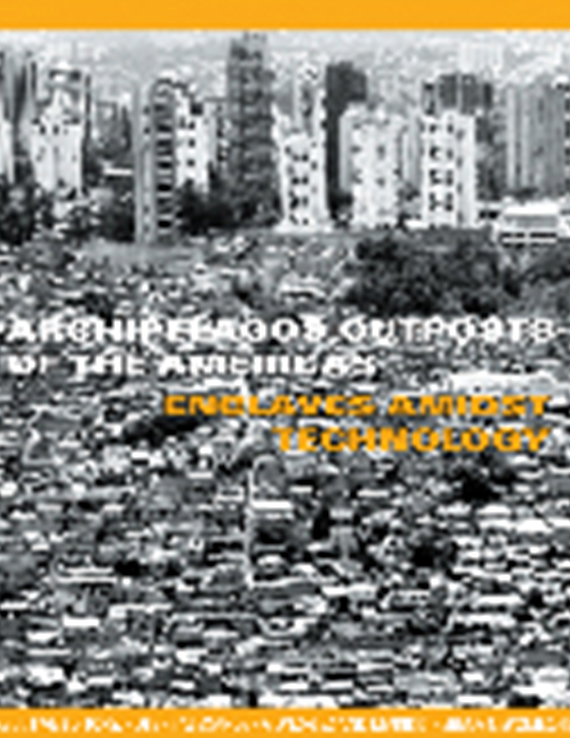Author(s): Kyriakos Pontikis
Traditional buildings with harmonious qualities aroseout of a building process where master-builders andtheir craftsmen participated actively in buildingproduction and created well-adapted spaces, detailsand ornament that had a high degree of wholenessand spirit. In most contemporary building productionthis is not the case. The architect does notparticipate actively in the making process and thetechnology employed can be inflexible and non-userfriendly.Christopher Alexander’s work sets forth a buildingprocess that attempts to create buildings withhumane qualities. He supports that “order” and”wholeness” exist in the built environment and theirquality is dependent upon the process thatgenerates them. The more integrated design andconstruction is, and the more actively the architect isinvolved in the making process, the higher thebuilding quality will be. He also supports a 21stcentury building technology that embraces efficientand inexpensive methods of fabrication in order toadapt spaces and refine details and ornament to fitthe whole. This approach of making buildings is notoften used in contemporary building production.Therefore, the author employed Alexander’s buildingprocess framework in the production of threebuildings: one apartment building in his nativecountry of Cyprus and two religious buildings in theUnited States. The aim of this work was to determinethe extent to which the architects’ participation in thedesign build process and the creation of handcrafteddetailing and ornamentation can contribute towardsthe humane quality of buildings.The outcome of the research indicates that theintegration of design and construction createsbuildings of high humane quality. It also stresses theimportance of the architecUmodern day masterbuilderin getting actively involved in the buildingprocess and employing efficient and inexpensivetechnology to create harmonious spaces, details andornamentation.
Volume Editors
Marilys R. Nepomechie & Robert Gonzalez
ISBN
0-935502-54-8

 Study Architecture
Study Architecture  ProPEL
ProPEL 
